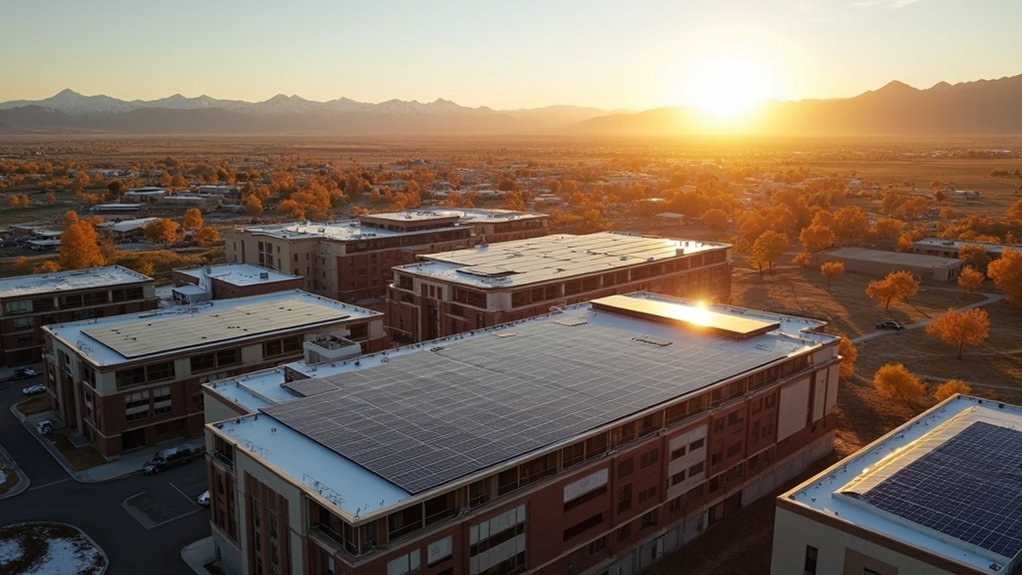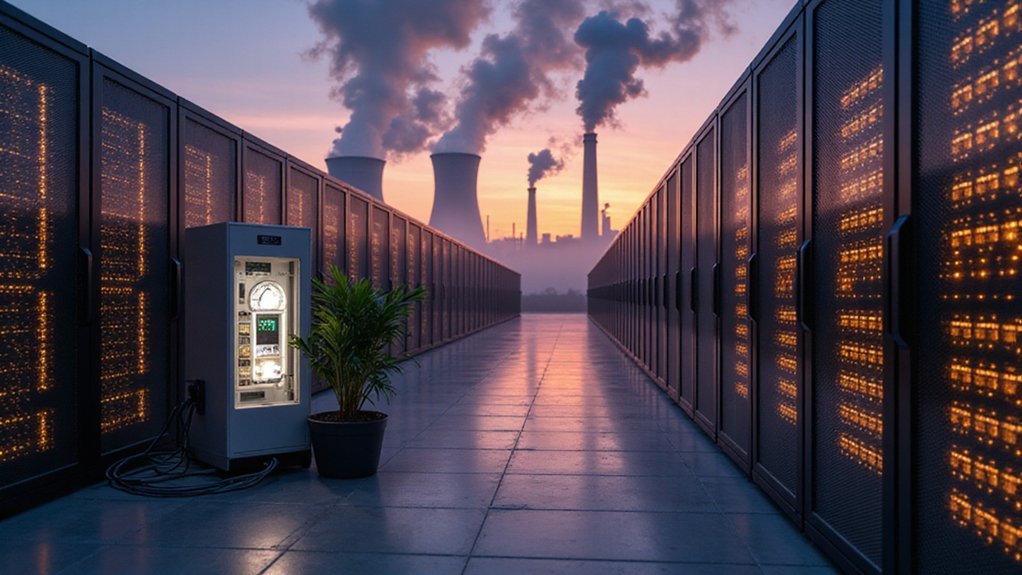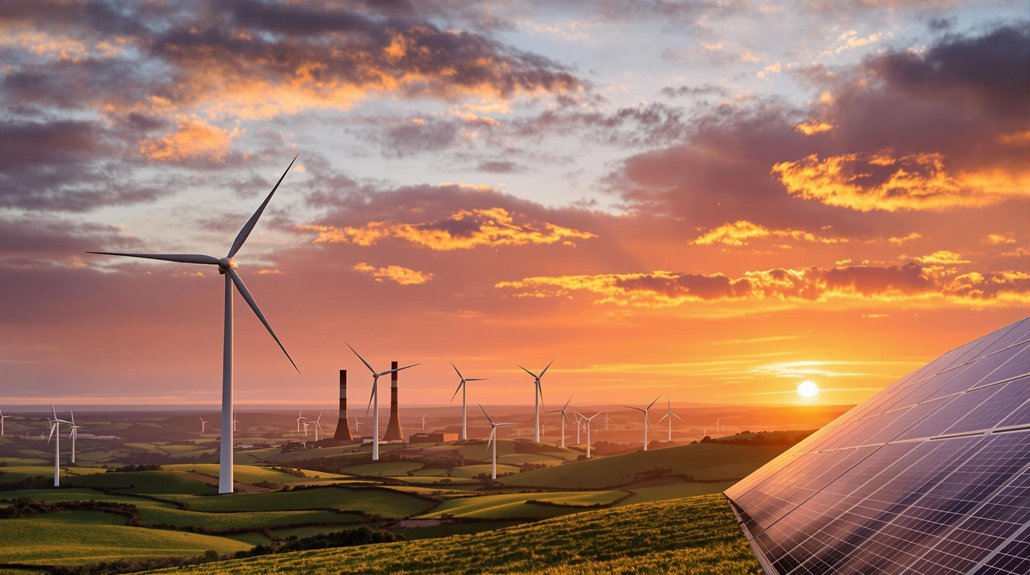Lots of universities talk about going green, but Utah State University is actually doing something about it. The school just dropped a bombshell commitment: half their campus power will come from renewables by 2030. That’s not some vague promise tucked into a dusty strategic plan. They’re putting real money into solar panels, energy storage, and ditching fossil fuels. Right now, they’ve already built up 995 kW of renewable energy capacity on campus.
USU isn’t messing around with small-scale demonstrations either. They’re slapping solar arrays on every building they can find, new and old. The monitoring systems they’re installing? Pretty slick stuff that tracks every watt and optimizes output. Because what’s the point of going solar if you’re not squeezing every drop of sunshine? Like California’s successful solar initiatives, USU’s approach recognizes that solar energy can be an economic lifeline rather than just an environmental choice.
The decarbonization plan reads like a hit list for carbon-intensive energy sources. Phase them out. Replace with renewables. Store the extra juice. Work with local utilities to green up the grid mix. Set milestones that actually mean something. It’s invigoratingly straightforward for an academic institution.
But here’s where it gets interesting. USU researchers are studying how solar performs in Utah’s specific climate conditions. Students and faculty are tackling real adoption challenges, not theoretical nonsense. They’re showing up at regional sustainability summits with actual innovations. Cross-disciplinary teams are figuring out how to weave solar into broader environmental strategies. USU students recently presented their work at the 2025 Intermountain Sustainability Summit at Weber State University, drawing over 400 professionals to discuss practical sustainability practices.
The university isn’t keeping this knowledge locked in ivory towers. They’ve launched academic programs training the next generation in solar systems and policy. Educational campaigns spread the gospel of solar benefits. Partnerships with local organizations expand access. They’re even lobbying policymakers for better solar regulations. Students get hands-on experience with real deployments, not simulations.
Money talks, and USU’s listening. They’re chasing that sweet 20% energy cost savings for eligible communities. The state’s $62.45 million Solar for All grant? USU wants a piece. They’re exploring every financial incentive and funding model to make campus solar investments work. Special focus on low-income and tribal communities because, surprisingly, they care about equitable shifts.
Utah’s renewable power share is set to surge by 2035, and USU’s positioning itself as a key player. They’re showing up at state energy summits, collaborating on planning, advancing solar tech. Not bad for a university in a state not exactly famous for tree-hugging.








